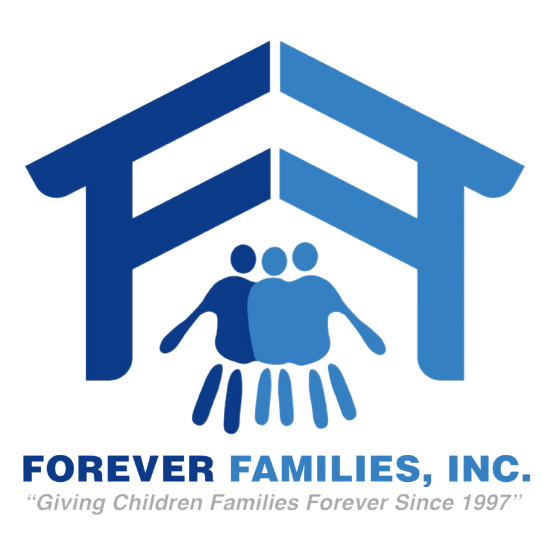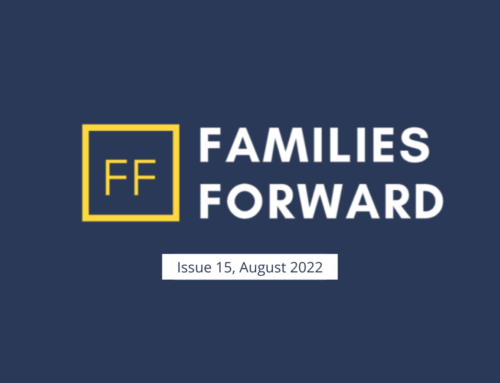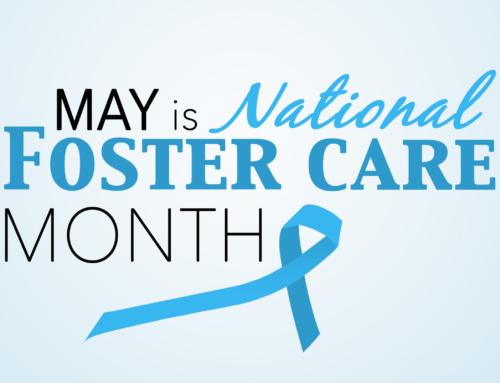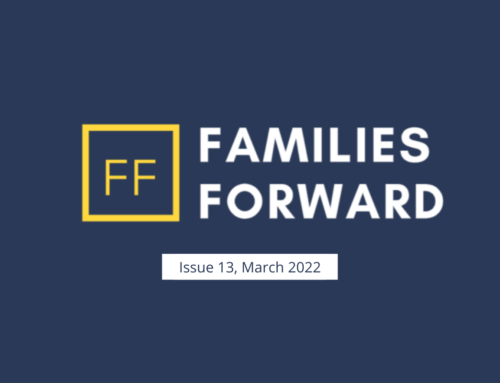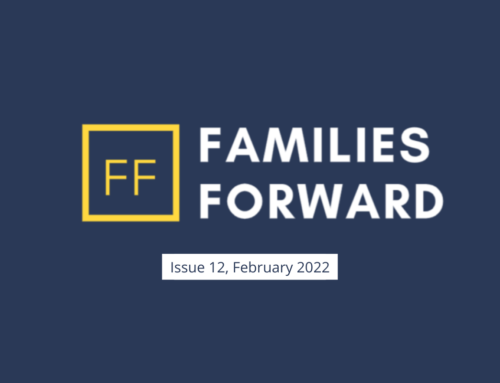By Amanda Kemp
Defining Posttraumatic Stress Disorder
Stanforchildrens.org states “PTSD is a mental health problem. A child with PTSD has constant, scary thoughts and memories of a past event. A traumatic event, such as a car crash, natural disaster, or physical abuse, can cause PTSD. Children with PTSD may relive the trauma over and over again. They may have nightmares or flashbacks.”
Children in care with PTSD
According to the article “Latent classes of childhood maltreatment in children and adolescents in foster care: associations with ICD-11 PTSD and complex PTSD,” children who have experienced multiple types of maltreatment display more symptoms of PTSD than children who experience less maltreatment. Multiple studies show that foster children are especially at high risk of experiencing multiple types of maltreatment. A crucial factor contributing to the wellbeing of foster children is the stability of placement. Another factor is the time a child spends in care. Trauma caused by these factors and by maltreatment are associated with the most severe mental health problems including an elevated risk of showing psychopathic symptoms for those involved in the justice system. The article differentiates between PTSD and CPTSD. PTSD is identified as symptoms including re-experiencing, avoidance, and sense of threat. CPTSD (Complex PTSD) is characterized by the symptoms of PTSD in addition to negative self-concept, affective dysregulation, and disturbances in relationships.
Waldenfamily.org further lists and describes four specific symptoms of PTSD. Reliving or re-experiencing means that a person will relive or re-experience the traumatic incident repeatedly, often with bad memories or nightmares as well as flashbacks. Avoidance behaviors are when a person works to avoid people, situations, or memories that trigger the traumatic event; these could be refusing to talk or think about the event, avoiding similar situations, and people that resemble the event. Ongoing negative beliefs and feelings is another symptom, where a person may shift their thinking about themselves or others because of their traumatic experience. This may include guilt, shame, anger, resentment, or shifting away from what were once joyful activities. The fourth symptom described in this particular article is hyperarousal/hypersensitivity. In these cases, people may experience more jittery nerves as they are aware of danger, which leads to difficulty concentrating, sleeping, and finding it difficult to rest and relax.
Identifying and Treating PTSD
Waldenfamily.org further lists and describes four specific symptoms of PTSD. Reliving or re-experiencing means that a person will relive or re-experience the traumatic incident repeatedly, often with bad memories or nightmares as well as flashbacks. Avoidance behaviors are when a person works to avoid people, situations, or memories that trigger the traumatic event; these could be refusing to talk or think about the event, avoiding similar situations, and people that resemble the event. Ongoing negative beliefs and feelings is another symptom, where a person may shift their thinking about themselves or others because of their traumatic experience. This may include guilt, shame, anger, resentment, or shifting away from what were once joyful activities. The fourth symptom described in this particular article is hyperarousal/hypersensitivity. In these cases, people may experience more jittery nerves as they are aware of danger, which leads to difficulty concentrating, sleeping, and finding it difficult to rest and relax.
Waldenfamily.org explains which symptoms to look for based on age group:
Under 6- issues with sleeping; need caretakers to be close for comfort; act out traumas through play
Ages 7 to 11- act out trauma through play; draw pictures or tell stories that feature their trauma; nightmares; may begin to act overly aggressive and irritable; may have trouble with schoolwork and friends
Age 12 to 18- symptoms are similar to adults; depression, anxiety, withdrawal; reckless behavior such as substance abuse, promiscuity, or running away
According to safy.org, one in four youth in care will experience PTSD symptoms, and former foster children are twice as likely as US war veterans to experience PTSD in adulthood. Some contributing factors are abuse (physical, emotional, sexual), neglect, poverty, family separation, bullying, witnessing harm to pets or people, natural disasters or accidents, and parental addiction or mental health issues. As each person experiences trauma differently, a personalized care plan should be developed to help a child with PTSD. This may include medication for depression or anxiety, or behavioral therapy to help manage emotions and situations. It is important to learn about normal trauma responses, developing skills to combat anxiety, and revisiting the trauma under guidance and sharing with a caregiver.
The main thing that we can do to help our youth in foster care is to raise awareness. The more people are aware of what is going on, the more we can all work together to give these children the support they need. By showing that we care as well as making efforts to get the children involved in appropriate treatment, the more we will be able to make this world a much less scary place for our foster children.
Sources
https://www.tandfonline.com/doi/full/10.1080/20008198.2020.1832757
https://www.safy.org/ptsd-in-foster-care/
https://waldenfamily.org/post-traumatic-stress-disorder-ptsd-in-foster-youth/
